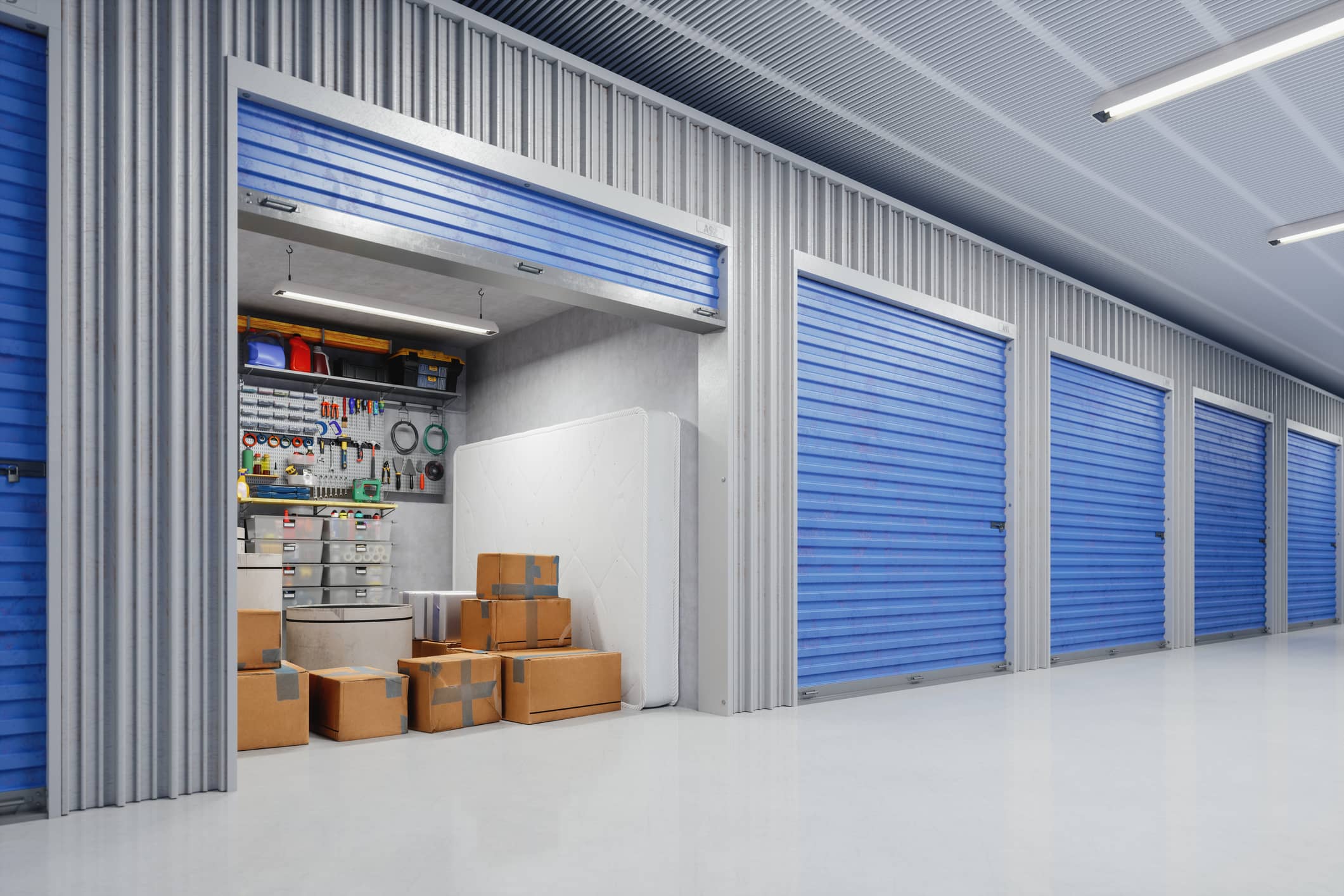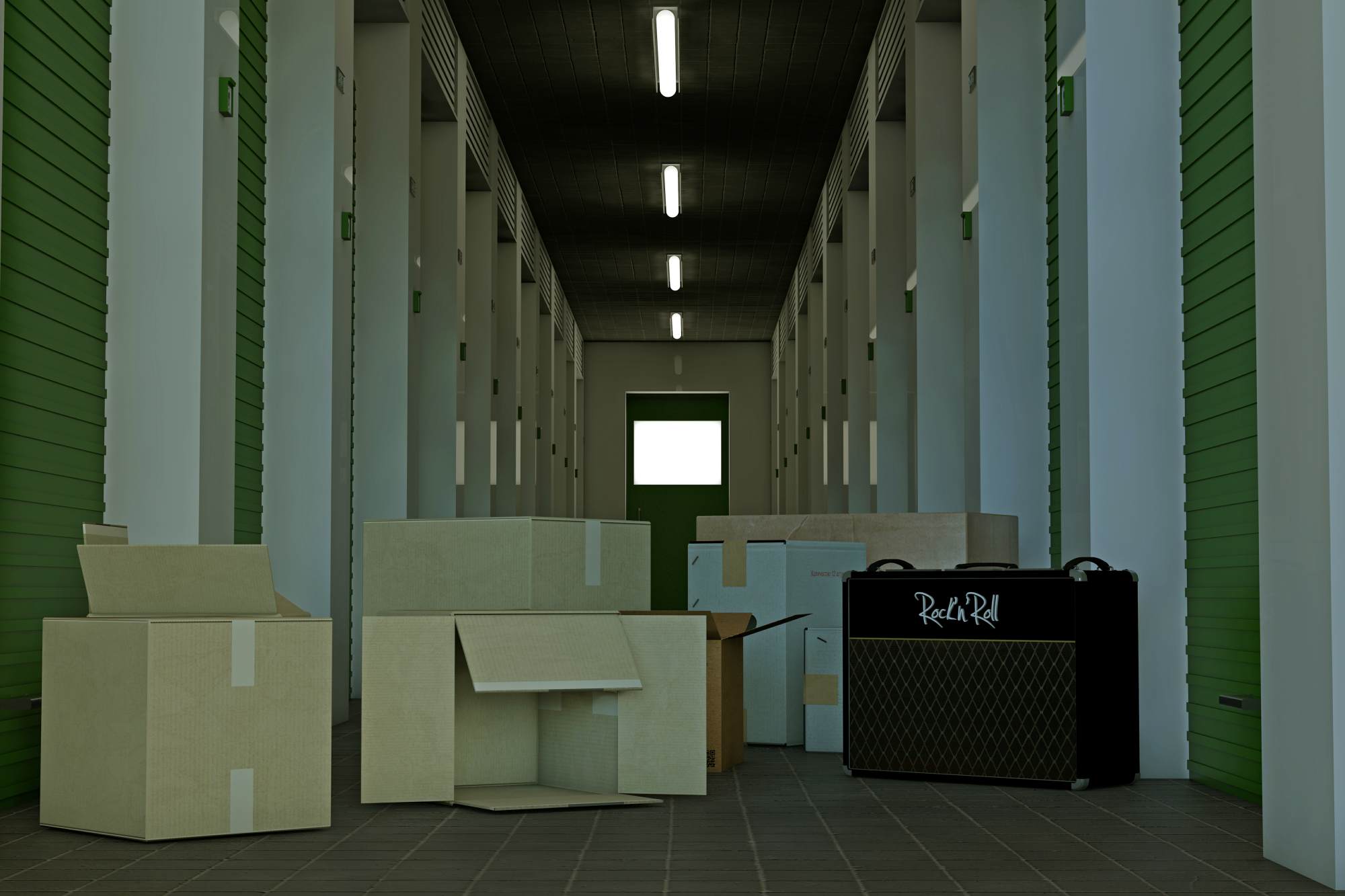Choosing the right storage unit size can be a daunting task, especially if you’re not sure how much space you really need.
Renting a storage unit that’s too small can lead to cramming, while renting one that’s too large means paying for unused space. Whether you’re decluttering, moving, or storing business inventory, finding the perfect fit is key to maximizing convenience and minimizing costs.
If you’re in South Florida and exploring your options, consider Self Storage Miami to accommodate your unique needs. With a variety of sizes and flexible terms, it’s easy to find the right solution.
Below, we’ll walk you through how to assess your storage needs, compare common unit sizes, and choose the best option for your situation.
Understanding Your Storage Purpose
Before selecting a unit size, ask yourself why you need storage. The purpose will guide you toward the right dimensions.
- Moving: Are you temporarily storing furniture while transitioning between homes?
- Decluttering: Do you need space to keep seasonal items or excess belongings?
- Business storage: Are you storing office equipment, supplies, or inventory?
- Renovation: Do you need to clear out rooms for home improvement projects?
Each of these scenarios typically requires a different amount of space. Start by listing what you’ll be storing and consider how often you’ll need access.
Take Inventory Before You Choose
A detailed inventory can make choosing a unit much easier. Walk through your home or office and write down every item you plan to store. Categorize them by size—small boxes, large furniture, appliances, etc. This helps you visualize the total space needed.
Also, think about how you’ll pack the unit. Stacking boxes and using shelves can maximize space, but bulky items like couches or mattresses may require extra room.
Common Storage Unit Sizes and What They Hold
Understanding standard unit sizes helps narrow your options. Here’s a breakdown of popular sizes and what typically fits in each:
5×5 (25 square feet)
Equivalent to a small closet. Great for a few boxes, seasonal decorations, or personal items like suitcases and sports gear.
5×10 (50 square feet)
Perfect for small furniture (like a dresser or twin bed), a few medium-sized boxes, and household items. Ideal for students or single-room storage.
10×10 (100 square feet)
Can fit the contents of a one-bedroom apartment, including appliances, mattresses, and up to 20 boxes. A popular choice for short-term movers or renters.
10×15 (150 square feet)
Holds items from a two-bedroom home. Ideal for furniture, appliances, and multiple large boxes.
10×20 (200 square feet)
Suitable for a full household, including beds, couches, dining sets, and packed boxes. Also a good fit for business inventory.
10×30 (300 square feet)
Can accommodate large homes or commercial storage needs. Useful for multi-room storage or large-scale business use.
Consider Accessibility and Layout
Size isn’t the only factor when choosing a storage unit. How often you’ll access the items plays a major role. If you need frequent access, choose a slightly larger unit so you can create walking space or organize with shelves.
Additionally, consider vertical space. Most units have high ceilings, so stacking boxes or using tall shelving can free up valuable floor space.
Climate Control and Security
While evaluating size, don’t forget about amenities like climate control. If you’re storing electronics, documents, wooden furniture, or clothing, temperature and humidity control can protect your items from damage.
Security features such as gated access, video surveillance, and individual locks should also be taken into account—especially if you’re storing valuable or sensitive items.
Budgeting for the Right Size
Once you’ve determined your ideal size, compare pricing options. While it’s tempting to go for a smaller, cheaper unit, it’s often more cost-effective to choose the correct size up front than to upgrade later.
Ask about deals, promotions, or flexible contracts. Many storage providers offer month-to-month rentals with no long-term commitment, allowing you to scale your space based on changing needs.
Final Tips for Choosing the Right Unit
- Measure your largest items: Use a tape measure to understand exactly how much space your furniture will require.
- Sketch a floor plan: Mapping out where each item will go helps you avoid over- or under-estimating space.
- Consult storage professionals: They can offer guidance based on what you plan to store and how long you’ll store it.
Conclusion
Choosing the right storage unit size doesn’t have to be complicated. By identifying your needs, taking inventory, and understanding size options, you can make an informed decision that saves time and money. Remember to factor in accessibility, climate, and security as well.
Whether you’re storing a few personal items or the contents of an entire home, the right space makes all the difference. Start your search with reliable options like Self Storage Miami and find the unit that suits your life best.


